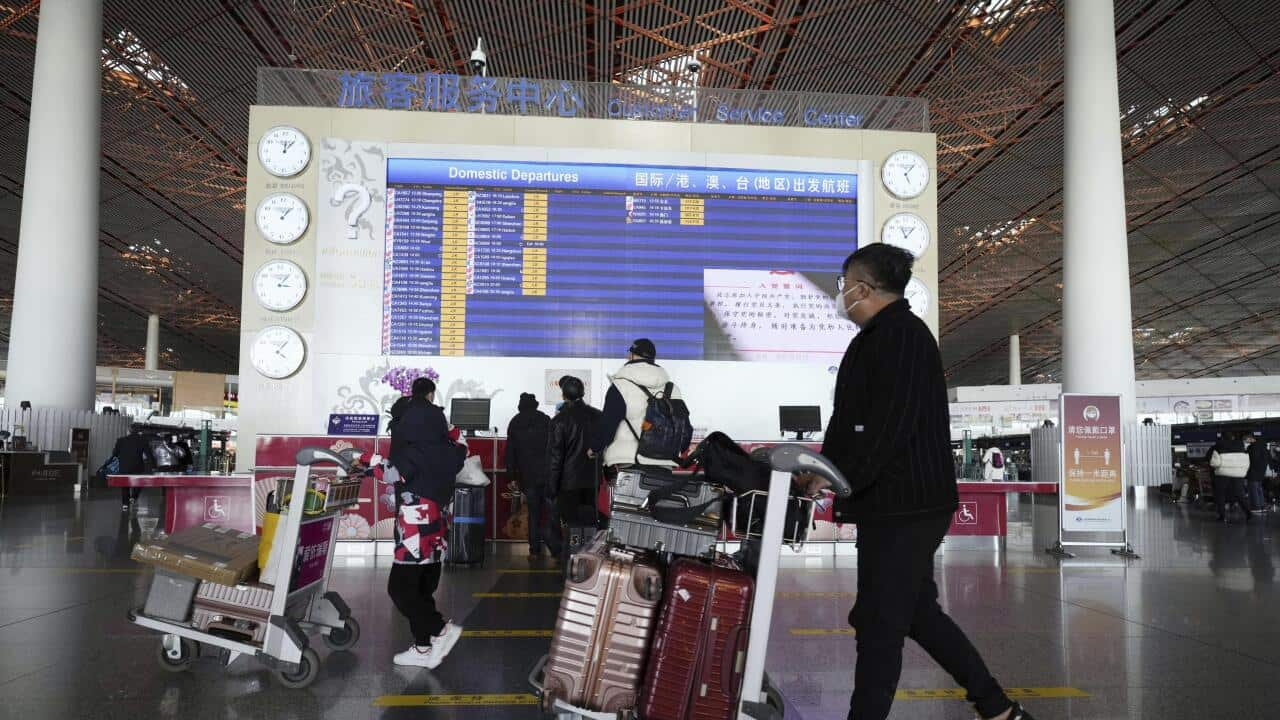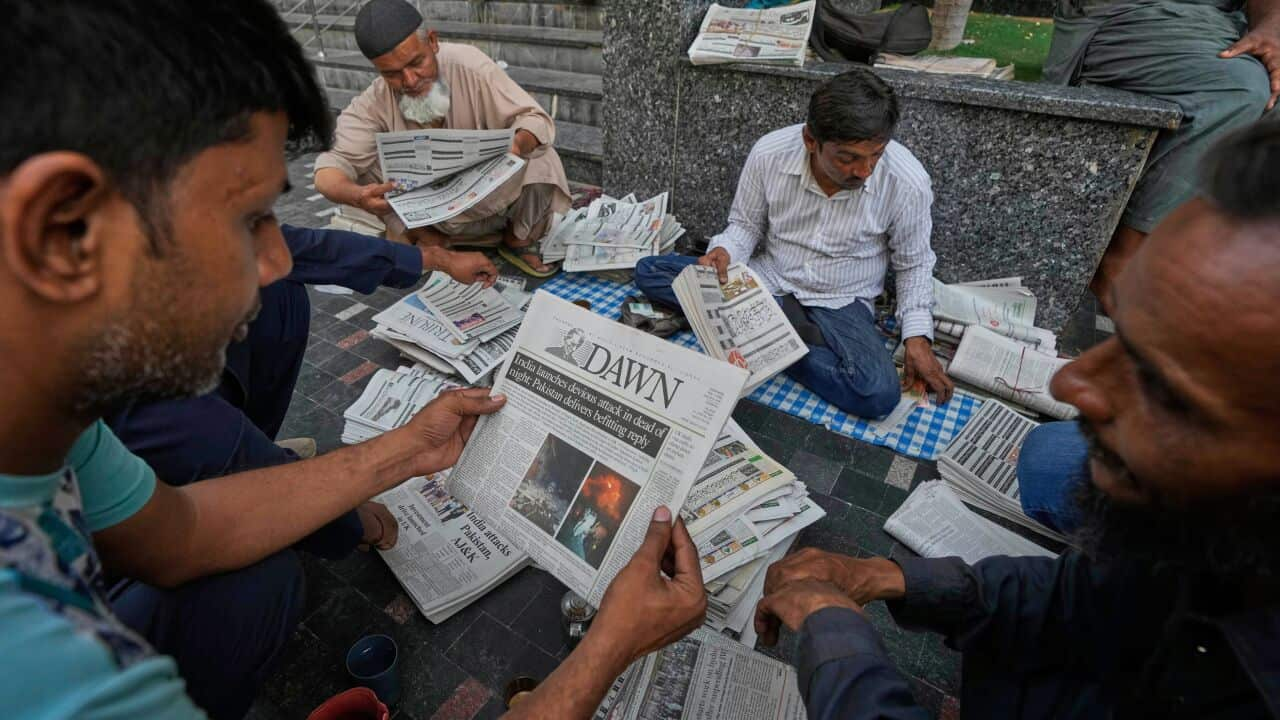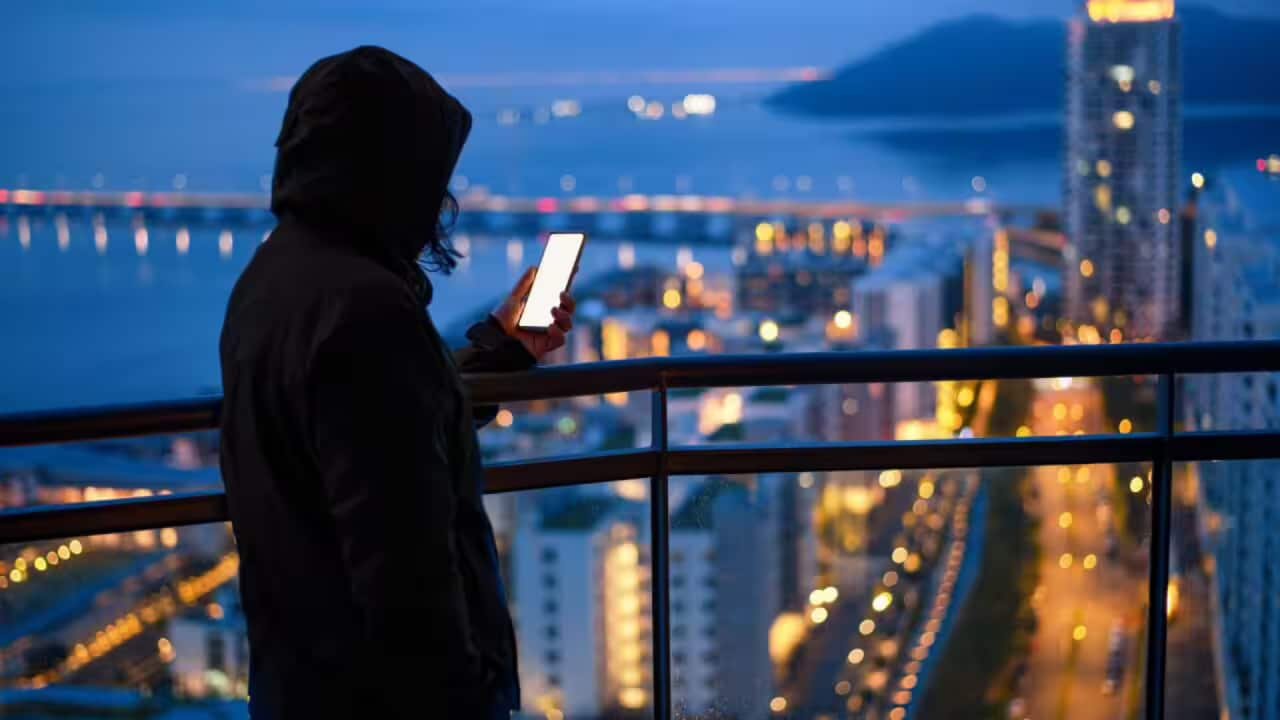With the restrictions, up to 50,000 Hong Kong residents will be able to cross the border daily at three land checkpoints, after registering online. Another 10,000 will be allowed to enter by sea, air or bridges, without needing to register in advance.
Past requirements, such as mandatory quarantine and P-C-R tests on arrival, are gone. A simple negative test in the last two days is now enough to appease authorities.
With Lunar New Year approaching, China's Transport Ministry say it expects more than two million people to take trips within the country over the next 40 days.
This is known as the "great migration", and it will happen despite a China-wide surge in COVID-19 infections.
The sudden end of the zero-COVID policy led to a surge in new infections, and the numbers are likely far higher than officially reported. Epidemiologist Liang Wannian, who heads the Chinese government's expert panel on COVID-19, says the government carefully considered the decision to lift COVID restrictions.
"The adjustments on China's COVID-19 policies have been carried out in a proactive way instead of a reactive way. The optimisation is a decision based on the characteristics of variants, which are currently circulating in China; the assessment of domestic and international dynamics; and the effectiveness evaluation of prevention and control measures."
In the hours ahead of the restrictions being lifted, millions of Weibo social media accounts critical of the COVID response were taken down.
Users had attacked experts who backed the removal of restrictions, despite having supported them just a few weeks ago.
Professor of global health studies, Yanzhong Huang at the US think tank, the Council on Foreign Relations, says there are concerns about the timing of the changes.
"Certainly, the timing seems not to be very right, given the lack of preparation ahead of the re-opening and the coming Lunar New Year."
Other nations remain wary.




